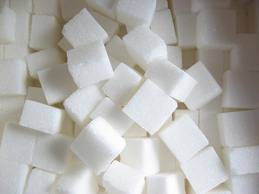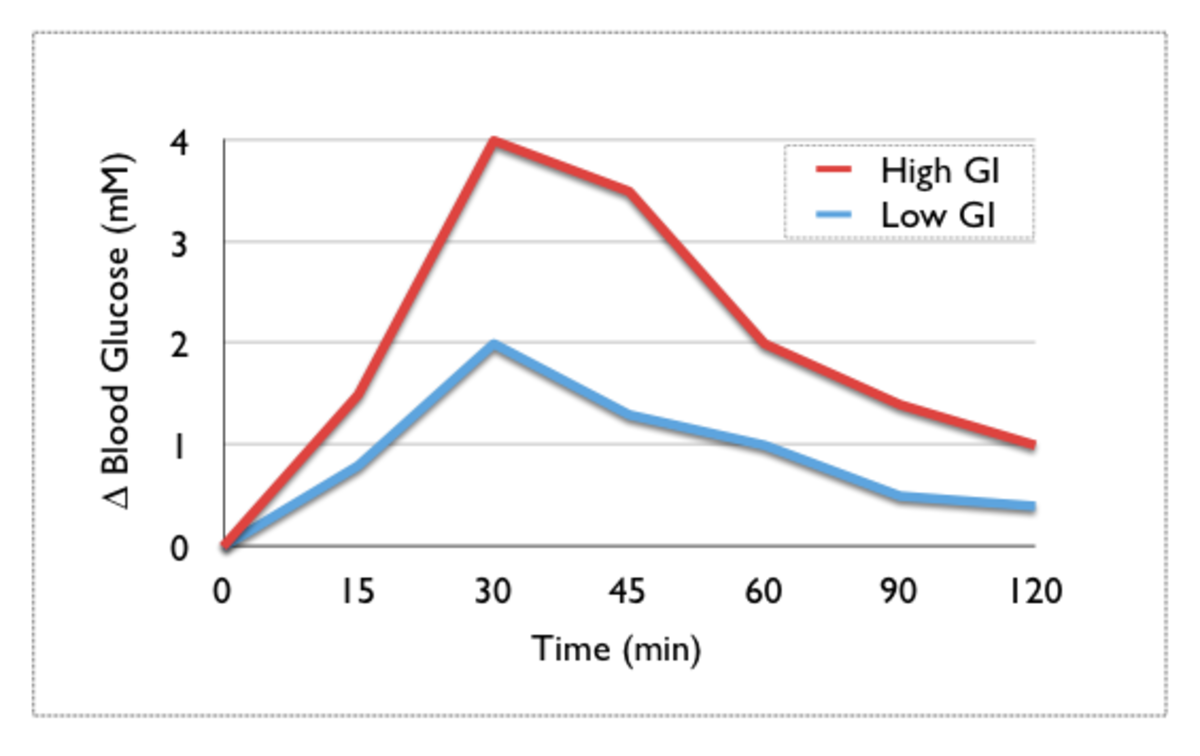How To Understand Your Glycemic Index

Carbohydrates provide energy to our bodies. We cannot live well without them and many individuals have trouble living with them. The GI, or Glycemic Index, rates the carbohydrate content of foods according to how they act in our bodies.
After digestion, carbohydrates end up in the bloodstream as glucose which is like a fuel to keep us going. Foods high on the Glycemic Index are digested quickly and raise our blood sugar, and our energy. The pancreas must then release increased amounts of insulin to bring the blood sugar down by taking it from the bloodstream and storing it in the form of fat. Your blood sugar then drops and you may, after your initial burst of energy, feel suddenly tired, sluggish and even hungry. Because foods high on the index quickly raise blood sugars, they must be avoided by diabetics. As they also tend to end up as fat, these foods should be eaten in moderation by those with weight concerns.
Foods low on the Glycemic Index are absorbed more slowly and at a steady rate. There is no sudden rush of energy and there needs to be no sudden rush of insulin, so the pancreas does not need to work as hard. Your food will literally 'last you longer', and your energy level will remain steady. As well as helping prevent diabetes, foods low on the Glycemic Index, reduce LDL or bad cholesterol, promote better heart health, and are powerful instruments in programs of weight loss and weight management.
Although many foods high on the index are the refined and processed ones, there are many others that are also healthy foods. If you are in reasonably good health, there is no reason to totally avoid these healthy foods, but they should be eaten in moderation. The trick is to eat a wide variety of healthy foods but with the majority on the low to mid range of the GI.
Foods with an index rating of 70 or over on the GI are considered high. These include white bread, white rice, low fiber cereals and baked goods, especially those that are store bought. Glucose has a rating of 100 on the Glycemic Index. It is often added to processed foods so watch for it on the ingredient lists of foods you purchase. Foods with a low rating on the Glycemic Index are those rated 65 or less. These include such things as broccoli, vegetables, whole grains, fruits and low fat dairy.
The web will supply you with a complete list of foods, and their GI rating. Balance out your carbs by consuming primarily the things in the low to mid range, with a sprinkling of your favorites from the high range. There is a definite link between a high carbohydrate diet and problems such as heart disease, diabetes, and obesity. Choose wisely, and you will remain in good health.








